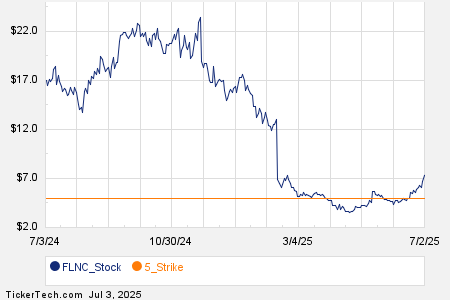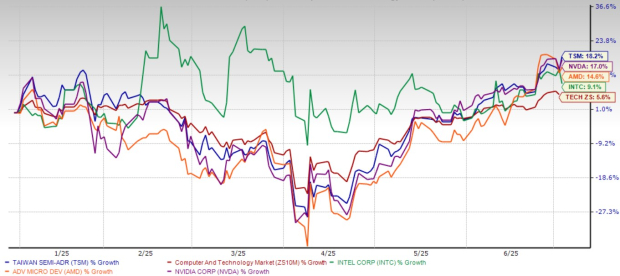At age 75, investors usually prioritize wealth preservation, managing withdrawals, and handling healthcare costs. High-risk growth strategies take a backseat, as stability becomes essential for securing a reliable income while reducing exposure to market fluctuations. Collaborating with a financial advisor can help retirees create a well-balanced investment portfolio that emphasizes both stability and income for a comfortable retirement.
Investment Strategies for Retirees: Building a Strong Portfolio at 75
Understanding Risk Tolerance and Asset Allocation
Retirees generally shift their investment goals from wealth accumulation to wealth preservation and sustainable income generation. While avoiding stocks may seem like a prudent strategy, it is important to consider longevity and inflation. Therefore, adopting an asset allocation strategy that effectively balances risk and growth potential is essential for constructing a robust portfolio.
Assessing Your Risk Profile at Age 75
Your risk profile is influenced by several factors, including personal financial circumstances, health status, and investment objectives. It encompasses both your comfort with risk and your ability to handle it financially. Simply put, risk tolerance indicates your willingness to take risks, while risk capacity reflects the amount of risk you can truly afford.
While younger investors often have higher risk tolerance and capacity due to their longer investment horizons, a 75-year-old investor typically opts for a more conservative yet diversified strategy.
Here are examples of two potential approaches for a 75-year-old investor, depending on their risk level:
- Investors who rely on their portfolios for living expenses often prioritize low-risk investments like bonds, annuities, and dividend-paying stocks.
- On the other hand, those with additional income sources such as Social Security, pensions, or rental income may afford higher risk capacity and potentially higher exposure to stocks and alternative investments.
Moreover, factors like healthcare costs, long-term care needs, and estate planning should also be integrated into risk assessment and asset allocation strategies.
Effective Asset Allocation for Your Portfolio
A well-diversified portfolio at age 75 should include a mix of income-generating and conservative growth assets to help maintain financial security while minimizing the effects of inflation. A sample asset allocation might consist of:
- 40% to 50% in bonds and fixed-income investments. Government and corporate bonds, Treasury Inflation-Protected Securities (TIPS), and bond funds provide stability and predictable income.
- 30% to 40% in dividend-paying and blue-chip stocks. Large-cap, established companies that consistently pay dividends can deliver both income and moderate capital appreciation.
- 10% to 20% in alternative investments and cash equivalents. Investments such as real estate investment trusts (REITs), annuities, money market funds, and certificates of deposit (CDs) help diversify risk and enhance liquidity.
Investment Priorities for Retirees

An investment portfolio at age 75 should focus on preserving capital, generating reliable income, and achieving moderate growth to secure financial needs for retirement. While minimizing exposure to volatility is crucial at this age, complete risk aversion can hinder purchasing power over time.
Here are some essential priorities for building a portfolio at this stage and how they can influence investment choices.
Minimizing Downside Risk
Wealth preservation is critical for retirees since market downturns can be particularly damaging when there is less time to recover investments. Strategies for mitigating downside risk include:
- Maintaining a mix of bonds and cash equivalents. Fixed-income investments can help shield portfolios from significant stock market volatility, providing both liquidity and stable returns.
- Investing in low-volatility dividend stocks. Blue-chip companies with a long track record of dividend payments can offer steady income while reducing market exposure.
- Considering annuities for guaranteed income. Fixed and immediate annuities create lifeline income, lessening the reliance on market performance.
- Diversifying across asset classes. Allocating investments among different sectors and asset types reduces concentration risk and provides multiple income streams.
Balancing Income and Growth
While protecting assets is vital, maintaining some exposure to growth investments helps ensure retirement portfolios keep pace with inflation. Strategies to balance income and growth include:
- Investing in dividend stocks and income-generating funds. Companies that regularly pay dividends can produce both cash flow and potential capital appreciation.
- Using a combination of high-quality bonds and equities. A 50/50 or 60/40 split between bonds and stocks provides both stability and growth potential.
- Adjusting withdrawal rates according to market conditions. Implementing a flexible withdrawal strategy can help retirees effectively cope with market fluctuations while ensuring income stability.
Maximizing Income Sources
A well-crafted retirement portfolio should encompass multiple income streams to achieve financial security throughout retirement. Here are common income strategies:
- Social Security and pension planning. Delaying Social Security benefits until age 70 can enhance monthly payouts and increase lifetime income.
- Effectively using required minimum distributions (RMDs). Retirees with traditional IRAs and 401(k)s must start taking withdrawals at age 73. Strategic withdrawals can help minimize tax liabilities and optimize cash flow.
- Creating a diversified income stream. Apart from investment returns, rental properties, part-time work, and passive income streams can supplement retirement savings.
Conclusion
Strategies for Managing an Investment Portfolio at Age 75
Investing at the age of 75 should prioritize capital preservation, consistent income generation, and moderate growth. Effective portfolio management requires careful risk assessment, strategic asset allocation, and a solid income plan. Incorporating bonds, dividend-paying stocks, annuities, and alternative investments can create a balanced investment strategy that mitigates inflation risks and ensures financial stability throughout retirement.
Essential Retirement Planning Tips
- Healthcare costs, longevity, and withdrawal strategies significantly affect financial security during retirement. Working with a financial advisor can help develop a tailored plan to protect your nest egg throughout your life. Finding the right advisor is simplified with SmartAsset’s free tool that connects you with vetted financial professionals in your area. You can schedule a free introductory call to find the advisor who best meets your needs. If you’re ready to find an advisor to help you reach your financial objectives, get started today.
- Mandatory distributions from tax-deferred retirement accounts can complicate your tax planning after retirement. Use SmartAsset’s RMD calculator to determine your required minimum distributions.
Photo credit: ©iStock.com/fizkes, ©iStock.com/skynesher, ©iStock.com/filadendron
The post How to Build an Investment Portfolio at Age 75 appeared first on SmartReads by SmartAsset.
The views and opinions expressed herein are those of the author and do not necessarily reflect those of Nasdaq, Inc.






